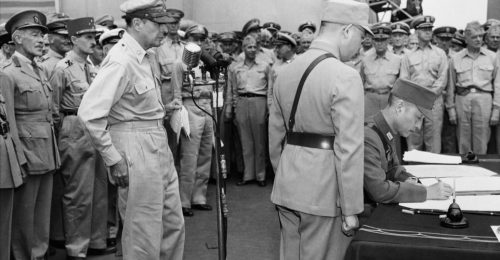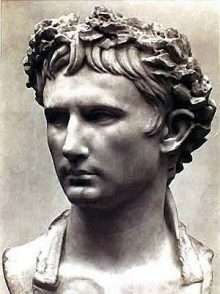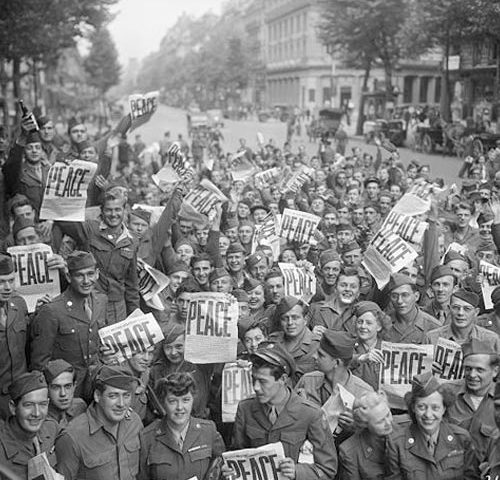August Events That Changed the World

The Road Not Taken
July 26, 2017
The Evolution of Peace
August 9, 2017Typically, when I think of August I have memories of the summer ending, school starting and cool, fall days ahead. Yet I didn’t realize that August was one of the most significant months during the fight for Pacific dominance in World War II. Those war years were filled with a multitude of military activities: secret meetings, strategic planning, fierce fighting and many lost lives. Eventually peace came through the force of a powerful, secret weapon. All of these events converged in the 1940’s to change the course of history and the world. Surprisingly, many of these activities occurred during August.
The earliest example of this was on August 2, 1939, when Albert Einstein wrote President Roosevelt about chain reaction research that might lead to the development of powerful bombs. The dramatic results of that letter would materialize four years later with the creation of a secret town where uranium 235, the essential element for the atomic bomb would be produced. August 1, 1943, was the date of the official ground breaking for the first plant to manufacture the U235 in Oak Ridge, Tennessee, only twenty-nine miles from my home town. The full impact of this product would be felt two short years later on August 6, 1945, when the first atom bomb was dropped on Hiroshima.
Many major battles took place in August starting in 1942 with the first U.S. amphibious landing in the Pacific War. It was August 7, 1942 when the 1st Marine Division invaded Tulagi and Guadalcanal in the Solomon Islands. The next day the U.S. naval fleet suffered a major disaster off Savo Island. During a surprise night battle, the Japanese destroyed or damaged eight Allied navy vessels, and over 1,500 crewmen lost their lives. By the end of the month and in spite of that tragedy, the Allied troops were finally making headway in defeating the Japanese. However, fierce fighting would continue over the next three years.
In early August of 1943 another memorable event occurred. A group of fifteen U.S. PT-boats tried to block Japanese convoys south of Kolombangra Island in the Solomon Islands and met much resistance. Lt. John F. Kennedy was in command of PT-109 when it was struck and sunk by a Japanese cruiser. Two of his men were killed and many others injured. Kennedy fearlessly helped the rest of his crew survive and even swam a seriously injured comrade to a nearby atoll. The Battle of the Vella Gulf and the Allied occupation of New Georgia were two important victories that month that helped improve the Allied position.
By August of 1944, the Allied efforts were slowly producing even greater results with the liberation of Guam at the end of July and the capture of Myitkyina on August 3 after a two-month battle. Five days later the American troops completed the capture of the Mariana Islands. Each of these victories further helped isolate Japan from their much-needed resources and enhanced the progress and the morale of the Allies.

General Douglas MacArthur watches as Japanese General Hsu Yungchang signs a peace treaty aboard the U.S.S. Missouri, marking Japan’s formal surrender of the war.
As the New Year began in 1945, the Japanese still controlled numerous strategic positions but their overall defensive hold was weakening. After the unconditional surrender of Germany in May, the Allies were hopeful that a Japanese surrender would soon follow. In fact, during the Potsdam conference which ended on August 2, 1945, Truman, Attlee and Chiang Kai-shek had crafted the terms for a Japanese surrender. But their resistance would continue until the Allies were forced to unleash the power of the atomic bomb: first on Hiroshima, August 6 and then on Nagasaki, August 9. Finally, on August 14, 1945, the Japanese accepted the terms of the unconditional surrender. Later that month Major General Leslie R Groves, who had overseen the Manhattan Engineer District and the construction of the facilities that produced the bomb, addressed the workers in Oak Ridge. He highlighted their important role in the development of the bomb and thanked them for their efforts that finally brought peace.

Augustus Caesar, the first emperor of Rome
While the war was finally over, the full impact of atomic power was still unknown. The deadly potential that had been unleashed now needed to be restrained, regulated and reframed. So a year later on August 1, 1946, President Truman signed the Atomic Energy Act of 1946. This act created the U.S. Atomic Energy Commission to oversee the harnessing of atomic energy for peacetime, civilian, and military use. The next day, a ceremony was held in Oak Ridge to acknowledge the first shipment of a radioisotope for medical purposes. The final significant, war-related event took place the following year on August 15, 1947. That day the Manhattan Engineer District was abolished as all atomic energy activities had finally been transferred to the Atomic Energy Commission.
I was totally surprised to learn how many significant military activities had occurred in August during the war years. But I was even more surprised to discover an interesting coincidence about the origin of this month’s name. August was named in honor of the Roman Emperor Augustus Caesar for his many military accomplishments that had strengthened the Roman Empire. Centuries later we remember and acknowledge the crucial World War II accomplishments that occurred in August. These historic events like those in Caesar’s day brought peace and changed the modern world.

